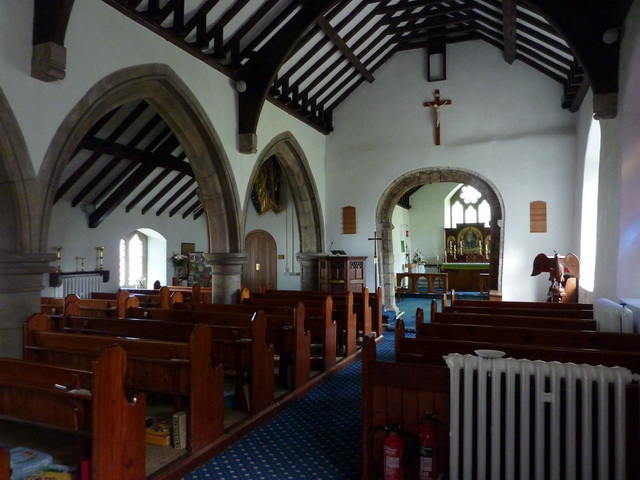Pte. W.H. Firby - Trimdon - D.L.I.

-
Description
This photograph was published in the Illustrated Chronicle on the 21st of June 1916. During the Great War the Illustrated Chronicle published photographs of soldiers and sailors from Newcastle and the North East of England, which had been in the news. The photographs were sent in by relatives and give us a glimpse into the past. WILLIAM (BILL) HENRY FIRBY – ILLUSTRATED CHRONICLE DATED 21 JUNE 1916 Bill Firby was born in Thornton-le-Beans, near Northallerton in North Yorkshire, on 6 July 1885. As one of 4 siblings, all of whom survived to adulthood, he was the only son of John and Ann Firby. Little is known of his early life, but the local school admission register shows the family moved in May 1898 to Low Garth Farm in Witton-le-Wear, near Bishop Auckland in County Durham. The 1901 Census shows the family still living there; however, by this time, Bill had left school and was working as an ‘ordinary agricultural labourer’. The 1911 Census shows his parents had by then moved to Escomb, also near Bishop Auckland, with Bill, now employed as a ‘general labourer’, still living with them. By August 1915, Bill was apparently working in the mining industry and resident in Trimdon Colliery, near Sedgefield in County Durham, when he voluntarily enlisted in the Durham Light Infantry (DLI), possibly via the Stockton recruiting office, where he was subsequently assigned the regimental number 27749. After completing his initial training, he was posted to the Western Front in early 1916 where he joined the 14th DLI which, at that time, was stationed in and around the Ypres Salient in Belgium. In mid-May 1916, the Battalion was stationed near Boesinghe at the extreme left-hand end of the British front line around the Salient where it linked up with the French Army, when Bill suffered a ‘gunshot’ wound to the ‘back and shoulder’, most likely during the period 18-23 May. No details have apparently survived of Bill’s medical treatment and subsequent rehabilitation. However, following his full return to duty, he was transferred in mid-December 1916 to the 16th Northumberland Fusiliers, with the regimental number 45559, which was serving in the Somme region at that time. Following the advance to the Hindenburg Line in early 1917, the Battalion was moved in late May/June to the Nieuport area on the Belgian coast in preparation for a proposed amphibious landing behind the German Lines in support of the Third Battle of Ypres. In the event, this operation never took place. However, while stationed in the vicinity of Lombartzyde/Nieuport near the Belgian coast, Bill was again wounded, possibly during a trench raid on the night of 7/8 August. No details have again survived of his wound or where he received any subsequent medical treatment, but Bill did return to duty with the 16th Northumberland Fusiliers. In November, the Battalion was moved to the Ypres Salient where it took part in a night-time attack on Passchendaele Ridge in early December. It then remained in the Salient area until, as part of a wider re-organization of the British Army on the Western Front, it was disbanded in early February 1918. On the disbandment of the 16th Northumberland Fusiliers, its four constituent companies were re-distributed among the Regiment’s four Territorial battalions, with D Company - including Bill - moving to the 1/7th Northumberland Fusiliers. Bill’s move was concurrent with the transfer of the Battalion from the 50th (Northumberland) Division to the 42nd (East Lancashire) Division where it took on the role of Divisional Pioneers. Despite its new role, the Battalion was still required to act as line infantry when required and, in this capacity, it found itself in the Somme region, in an area bounded by Logeast Wood, Courcelles and Achiet-le-Grand, on 25 March 1918, the fifth day of the great German spring offensive, when Bill suffered another ‘gunshot’ wound. No other details of this wound or his subsequent medical treatment have apparently survived, but there is a record of his admittance to No 11 Convalescent Depot based in France at Buchy (28km north east of Rouen) on 31 March. Following this convalescence, Bill returned to 1/7th Northumberland Fusiliers on 21 April where he remained to take part in all of its operations until the end of the War. Following the Armistice, Bill was released from 1/7 Northumberland Fusiliers on 12 January 1919 as part of a group of coal miners, whom the Government had declared were a high priority civilian occupation for demobilization. Following his discharge from the Army in February 1919, he worked as a colliery boilers fireman (above ground) in Ferryhill where he also married Martha Ellen Moore in February 1921 and went on to have 3 children, 2 daughters and a son. In the mid-1930s, he moved to South Shields where he became a ‘general dealer’. Shortly after its formation, he joined the Home Guard in May 1940, rising to the rank of sergeant later in the same month. He died of a cerebral haemorrhage on 1 January 1945, just hours after receiving the news that his Polish son-in-law had been killed in action while serving with 301 (Polish) Squadron based in Italy. -
Owner
illustratedchroniclesoldiers -
Source
IllustratedChronicles (Flickr) -
License
What does this mean? Public Domain Mark
-
Further information
Link: https://www.flickr.com/photos/127539872@N02/24057840424/
Resource type: Image
Added by: Simon Cotterill
Last modified: 1 year, 7 months ago
Viewed: 306 times
Picture Taken: 2016-01-19T12:00:25 -
Co-Curate tags





